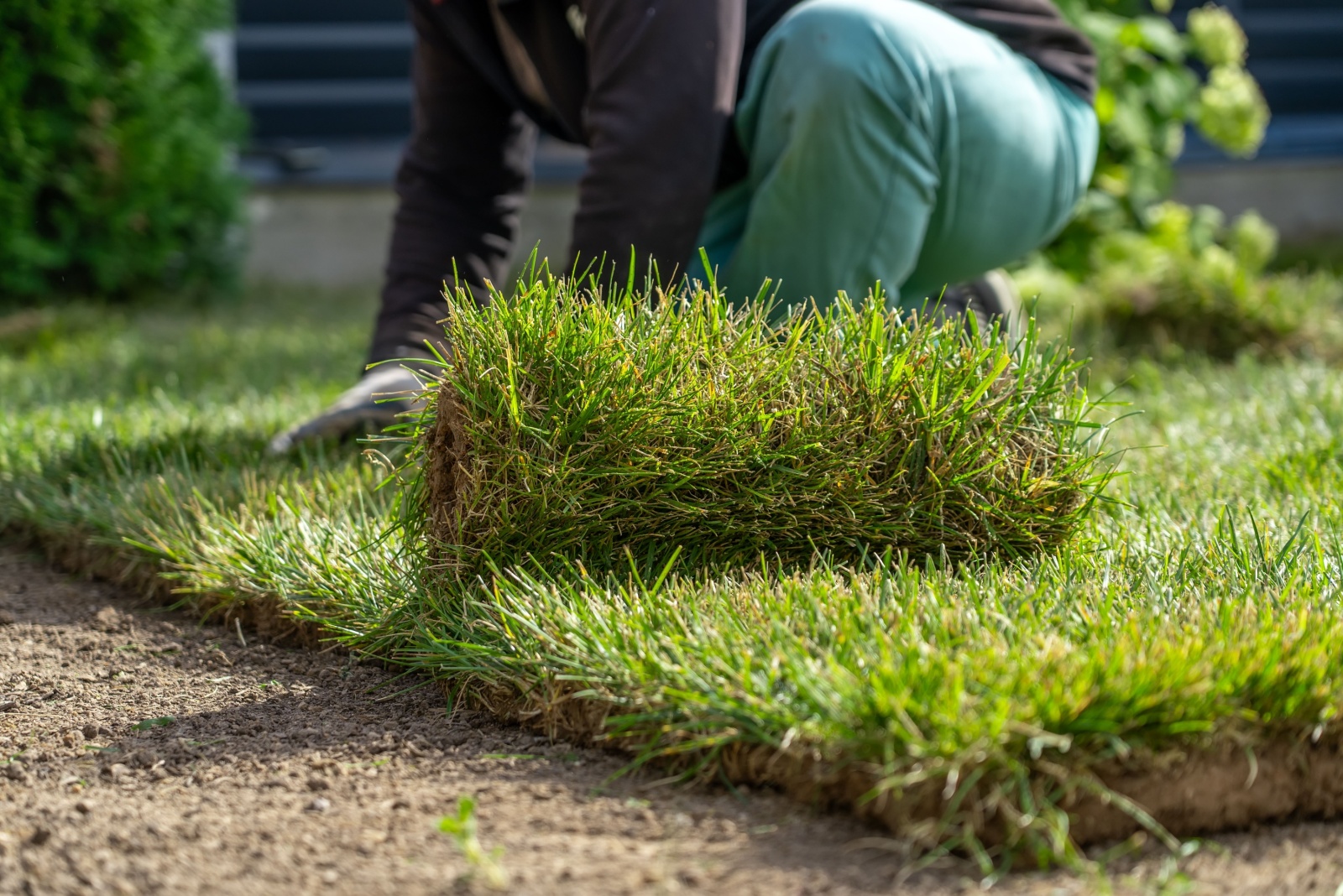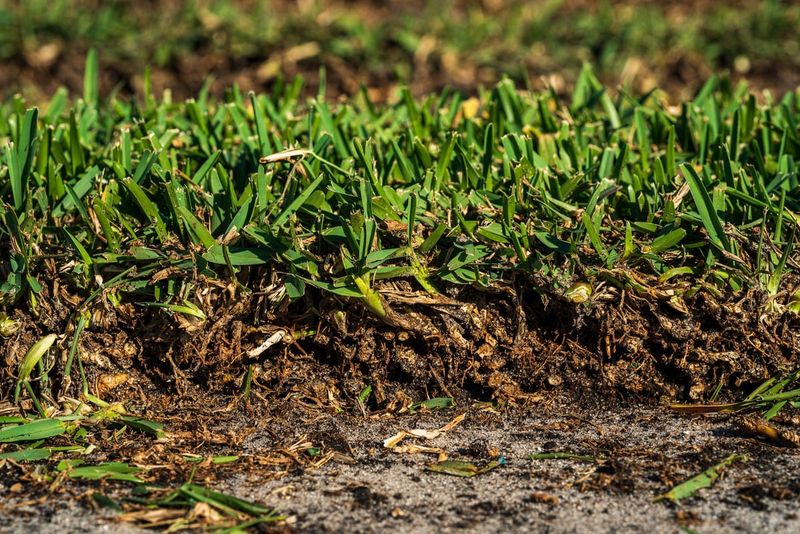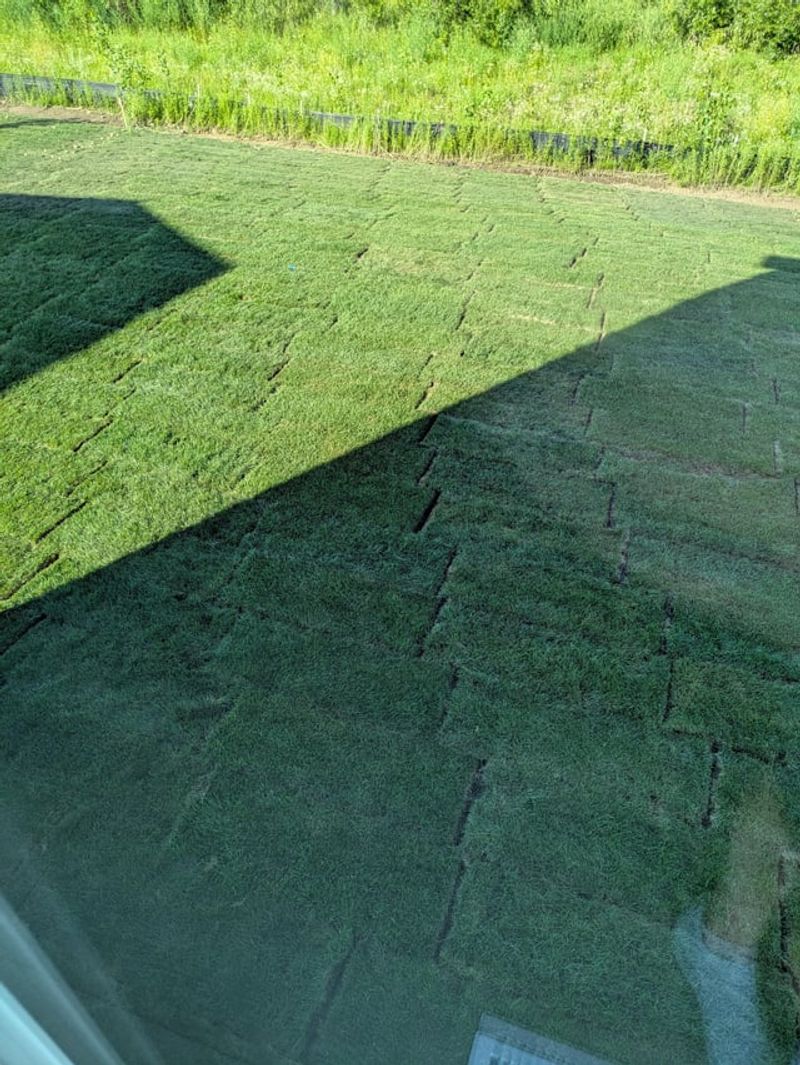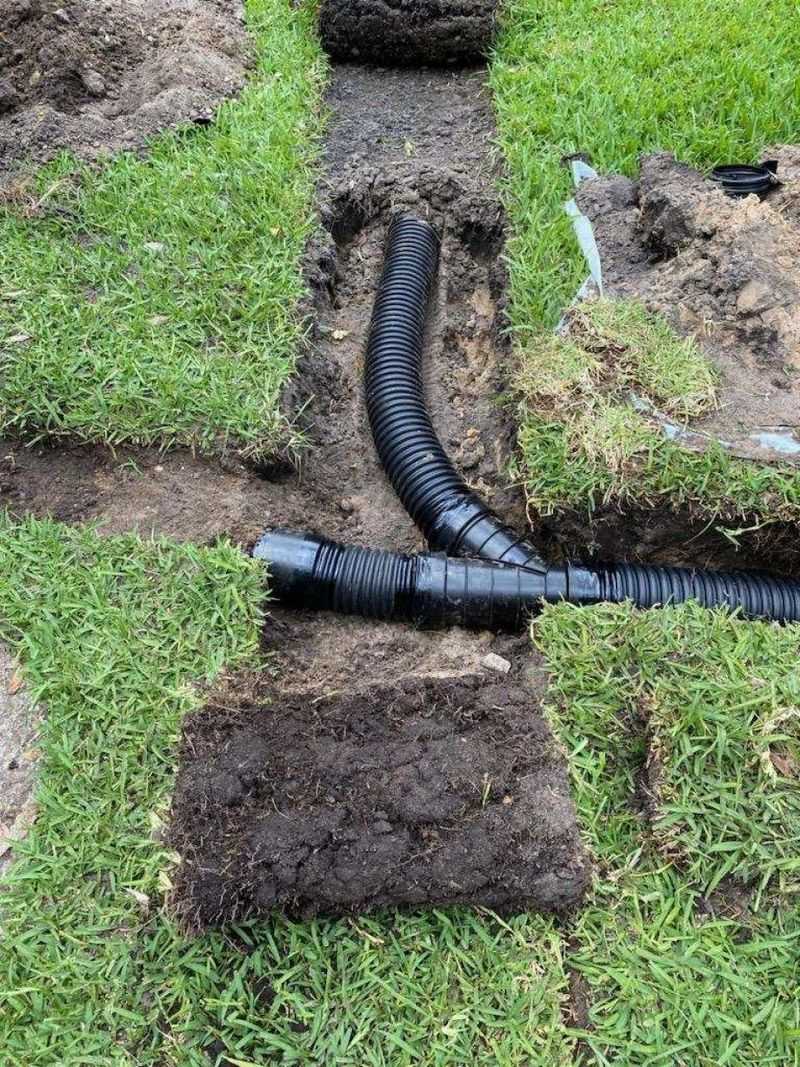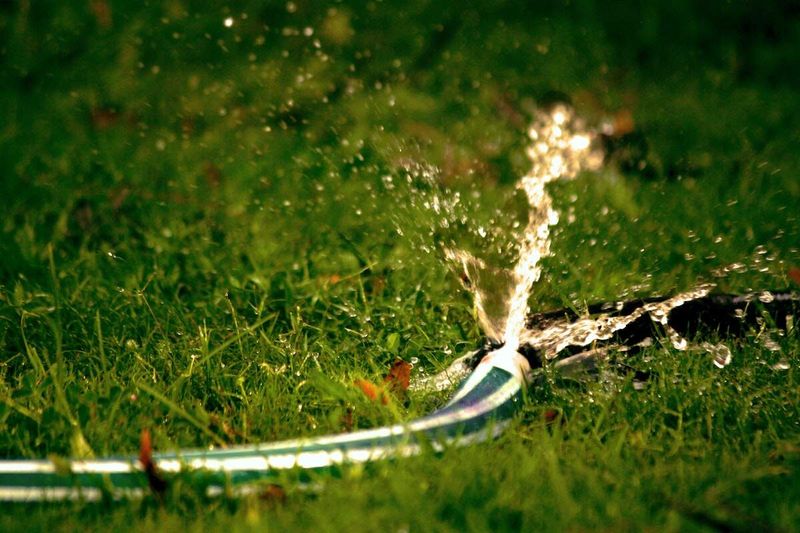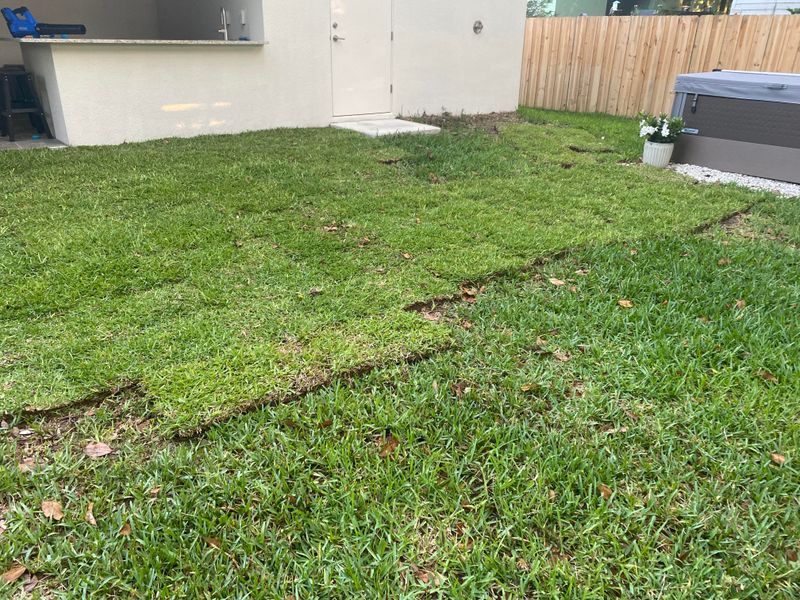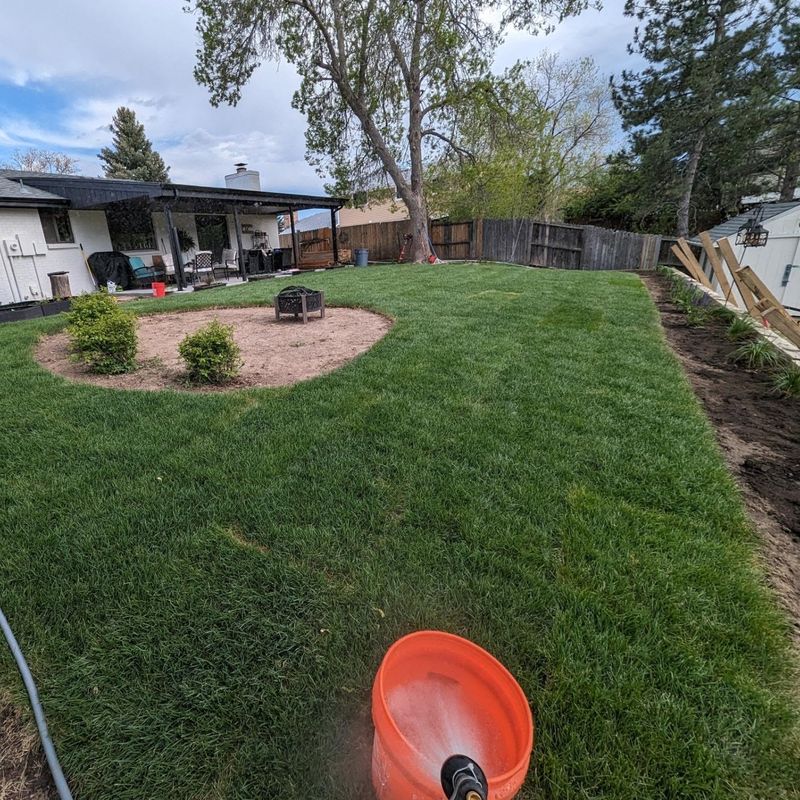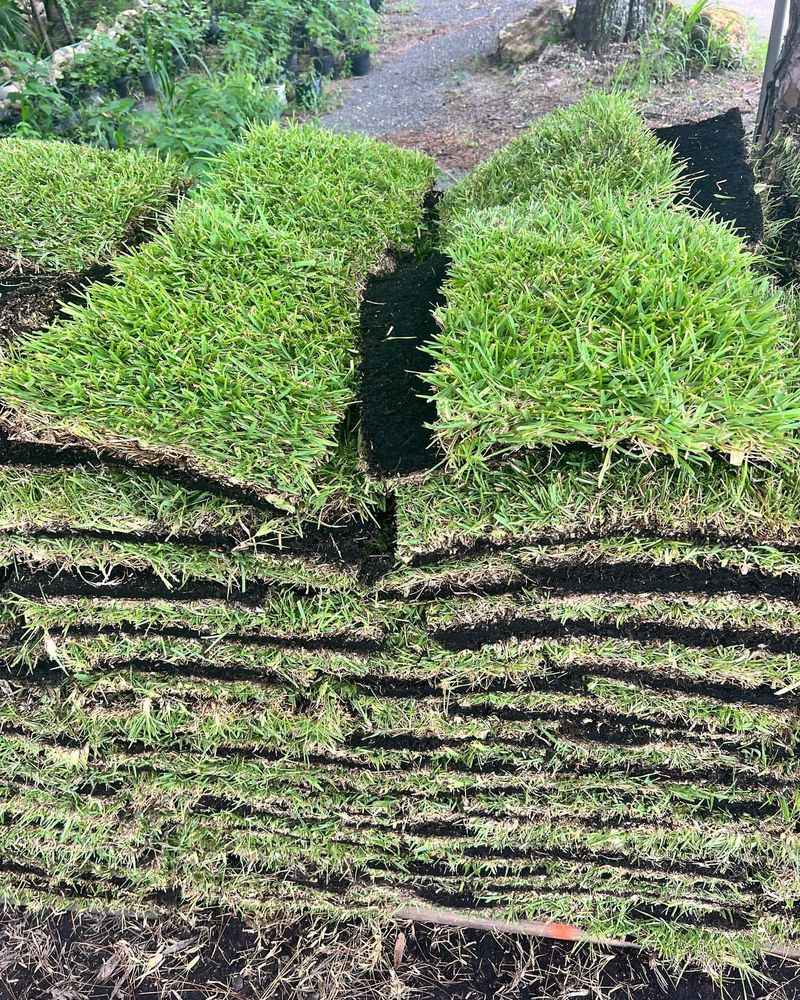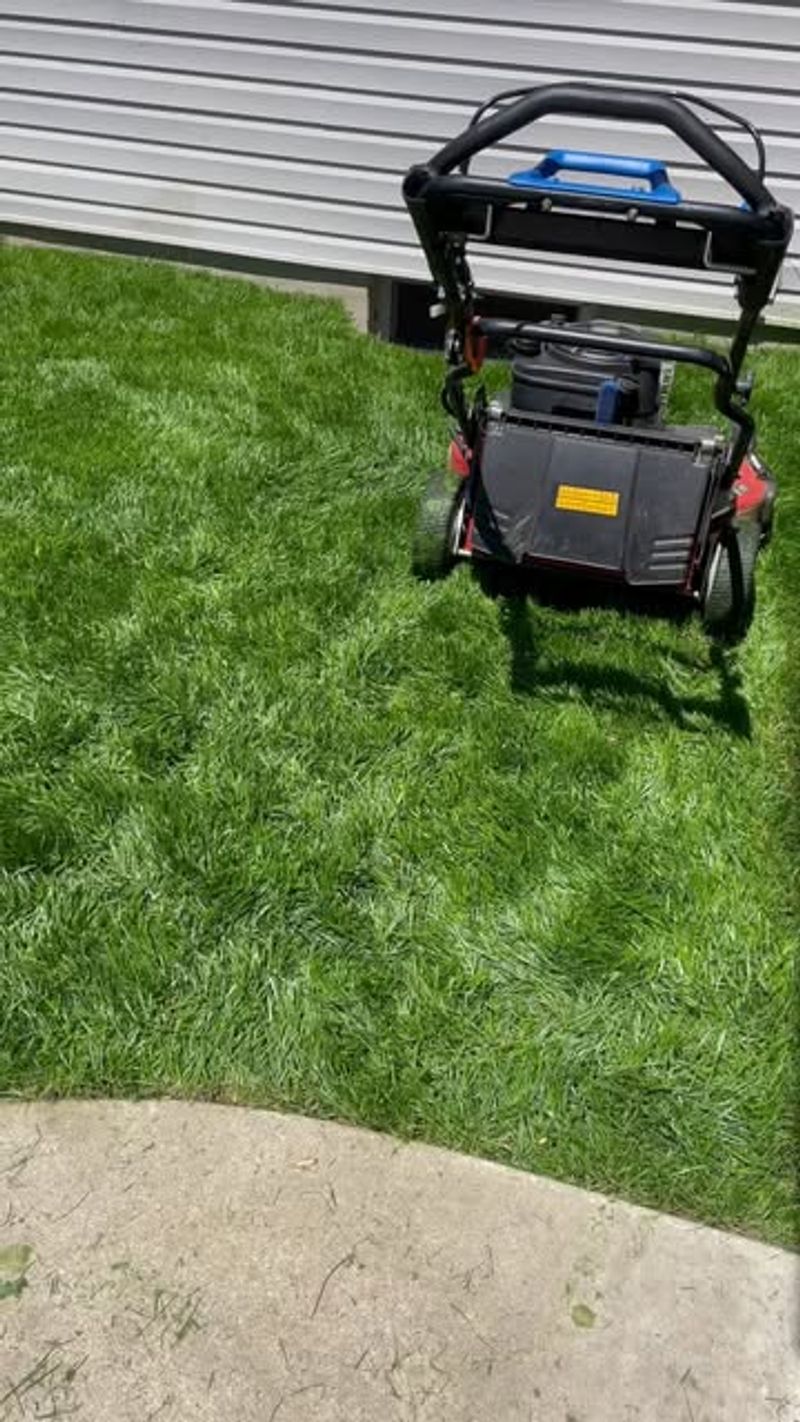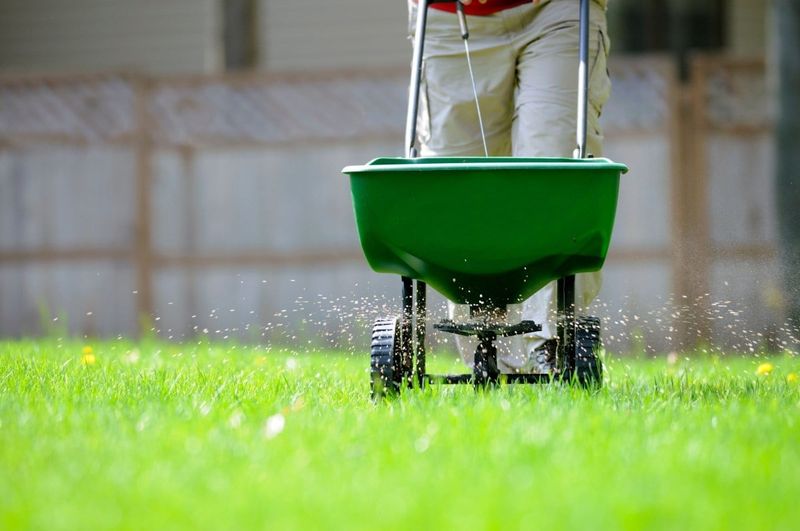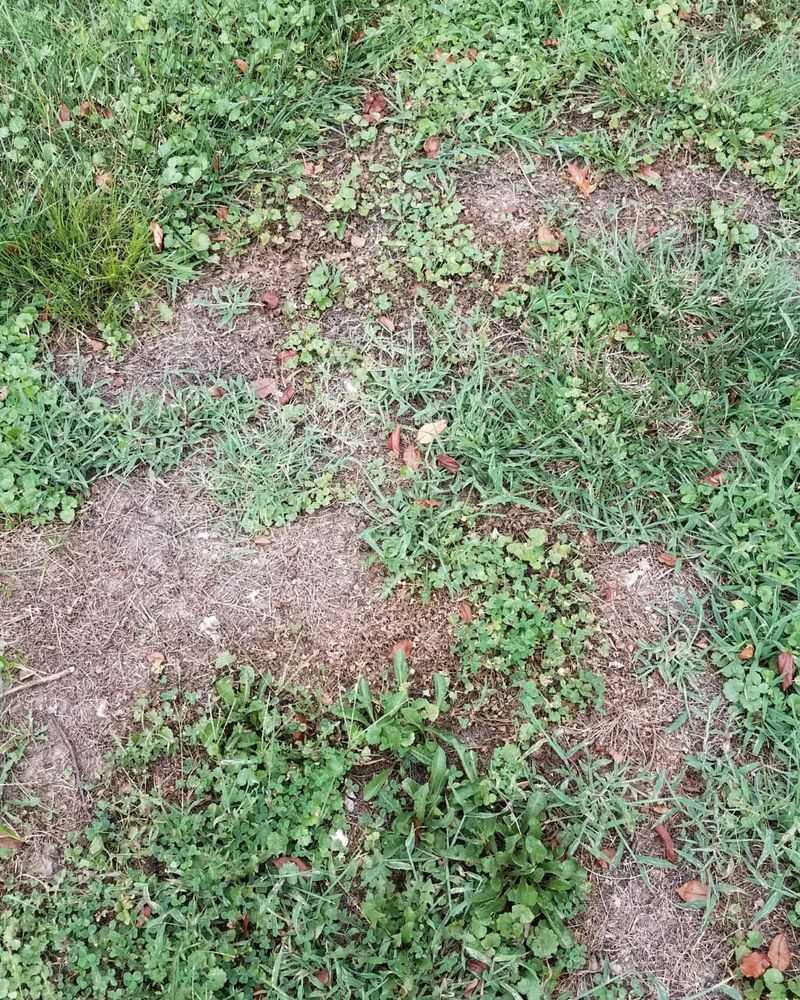Florida’s climate throws a few curveballs when it comes to laying sod. With intense heat, sandy soil, and sudden downpours, it’s not as simple as copying what works elsewhere. Success starts with knowing how these conditions affect your lawn.
Many homeowners make costly mistakes by skipping prep or choosing the wrong sod type. What thrives in cooler states might struggle here. Without the right approach, you risk wasted time, money, and a patchy yard.
To get that lush, green lawn, you’ll need to work with Florida’s quirks—not against them. Let’s break down the most common missteps and how to avoid them. Your dream yard is possible with a little local know-how.
1. Poor Soil Preparation
Many Florida homeowners rush to lay sod without properly preparing the soil first. Our sandy ground needs amendments like compost or topsoil to provide essential nutrients and improve water retention.
Without good preparation, roots struggle to establish and your new grass can quickly turn brown. I learned this the hard way after skipping this step on my first installation—the sod barely lasted through summer.
Spend the extra time removing debris, adding 2-3 inches of quality topsoil, and raking it level before laying a single piece of sod.
2. Choosing The Wrong Grass Type
Not all grass varieties thrive in Florida’s challenging environment. St. Augustine might work beautifully in Tampa but struggle in drier areas, while Bahia grass handles drought but looks less manicured.
The wrong selection means fighting an uphill battle against nature. My neighbor spent three years trying to maintain Kentucky bluegrass before finally switching to Zoysia, which immediately flourished.
Research grass types specifically recommended for your Florida region—coastal areas, central Florida, and the panhandle each have different ideal varieties.
3. Ignoring Drainage Issues
Florida’s frequent downpours can quickly turn poorly drained areas into soggy messes where sod drowns rather than thrives. Standing water kills grass roots within days, especially during warmer months.
Before installation, observe your yard after heavy rain. Those puddles are warning signs! During my first home renovation in Orlando, I skipped this step and watched helplessly as $1,200 worth of sod rotted away.
Grade the land properly with a slight slope away from buildings, and consider installing French drains in persistently wet areas.
4. Watering Mistakes In Florida Heat
Fresh sod needs consistent moisture to establish roots, but many Floridians either underwater or overwater. New installations require 15-20 minutes of water twice daily for the first two weeks, then gradually less as roots develop.
Watering too little leaves grass vulnerable to Florida’s intense sun, while excessive watering encourages fungal growth. Last summer, my automatic sprinkler malfunction taught me how quickly new sod can suffer in our climate.
Morning watering (before 10 AM) is best as it reduces evaporation and fungal disease risks that come with evening watering.
5. Cutting Corners On Seams
Sloppy seam work creates gaps where weeds invade and edges dry out quickly. Each sod piece should snugly touch its neighbors without overlapping or leaving spaces between.
When installing sod at my Jacksonville home, I learned that staggering the pieces like bricks in a wall prevents straight-line seams that can create channels for water runoff. Using a sharp knife for clean cuts makes all the difference.
Take time to trim pieces precisely around sprinkler heads and landscape features—these details significantly impact both appearance and lawn health.
6. Skipping The Rolling Step
Ever seen newly installed sod that looks like a patchwork quilt with bumps and dips? That’s often because someone skipped using a lawn roller after installation.
Rolling presses the sod firmly against the soil below, eliminating air pockets that prevent root contact with the ground. After installing sod around my pool deck in Naples, I initially skipped this step and had uneven sections that dried out quickly.
Rent a water-filled roller from any home improvement store and make 2-3 passes across your new lawn—it’s worth every penny for better establishment.
7. Bad Timing For Installation
Laying sod during Florida’s scorching summer afternoons sets you up for failure. The extreme heat stresses grass before it can establish roots, often leading to dried edges and brown patches.
Early morning or late afternoon installations work best, giving the grass time to settle before facing intense sun. I once helped install sod at noon in July—we needed triple the water just to keep it alive!
Consider seasonal timing too. Spring and fall installations typically require less water and establish more quickly than summer projects, saving both effort and resources.
8. Mowing Too Soon After Installation
Patience pays off when it comes to mowing new sod. Cutting grass before roots establish—typically 2-3 weeks after installation—can pull entire sections right out of the ground.
Wait until your lawn reaches about 4 inches in height before that first trim, and never remove more than one-third of the blade length. My brother-in-law in Tampa mowed his new St. Augustine after just one week and created bare patches that took months to recover.
When you do mow, ensure blades are sharp—dull mowers tear grass rather than cutting it cleanly, creating entry points for disease.
9. Forgetting Fertilizer Timing
Many Florida homeowners either skip fertilizing altogether or apply it too soon after installation. New sod shouldn’t be fertilized immediately—wait about 30-45 days for roots to establish first.
Using the wrong fertilizer can be just as problematic. Florida’s environmental regulations and unique soil conditions require specific formulations, often with less phosphorus to protect our waterways.
Create a calendar reminder for that crucial first feeding. When I installed sod at my Sarasota home, following the 6-week rule with a Florida-friendly fertilizer made a remarkable difference in establishment compared to my previous attempts.
10. Neglecting Pest Prevention
Florida’s warm, humid climate creates the perfect breeding ground for lawn pests that can devastate new sod. Chinch bugs, mole crickets, and sod webworms are particularly problematic in our state.
Prevention starts before installation by treating the soil, then continues with regular monitoring. After losing half my Tampa lawn to chinch bugs, I now inspect new sod weekly for yellow patches or insect activity.
Consider working with a local lawn professional for the first year of establishment. They can identify early warning signs of pest problems before they spread throughout your entire yard.

